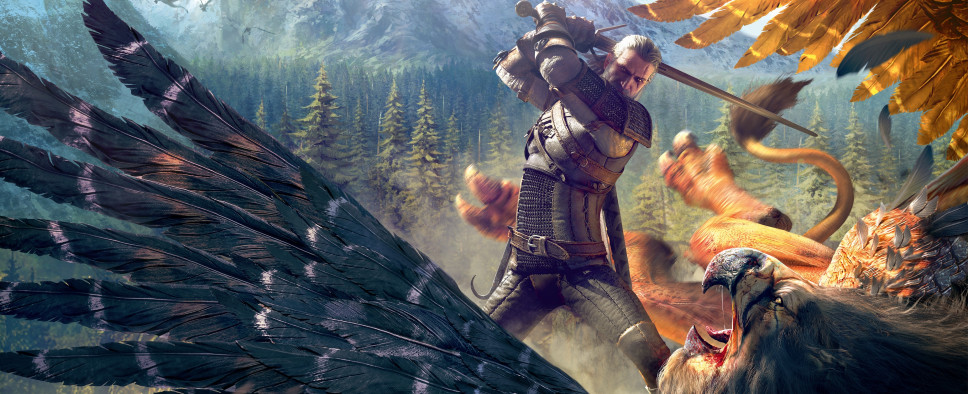The Witcher 3: Wild Hunt Environment Design Interview
-
Category: News ArchiveHits: 2045

I suppose this isn't as interesting for someone who doesn't care about the practice of game development but I still want to highlight this really good interview about The Witcher 3: Wild Hunt's environment design over at game development community Mapcore, with environment artists Mark Foreman and Kacper Niepokólczycki.
During the interview, Foreman and Niepokólczycki discuss the game's level design pipeline, the constraints and freedom the various designers at CD Projekt had when designing the locations for the game, the composition of the environment, the hero behind the foliage of the game, and more. A snippet:
The landmark placement and environment composition in The Witcher 3 is stunning. Can you talk a little bit about the process of making the level design and environment art play so well together? Did you, as artists, have a lot of freedom or was it a longer iterative process?
Kacper: I think that the biggest advantage we had is that our Level Designers are also great artists. They really pushed the blockout in terms of composition, layout and visual quality. Some of the locations were also finalized by them and they look simply stunning. This really shows their strong artistic capabilities. In return, our Environment Artists did some basic blockouts. This is our attempt at being as versatile as possible. The result of this combination between level design and environment art is what made it fit so well together. Of course there's the iterative process to consider. We did that a lot. Sometimes it's frustrating. But when you finally see how beautiful a location looks once it's finished, you realize that it was totally worth it.
Mark: The first step was organizing the land mass which would be the canvas to work on. There are various maps in the Witcher novels which we used to give us the rough shape and placement of larger regions such as rivers, cities and towns, or the Isles of Skellige for example. Then the Story, Quest and Level Design teams started scattering all the important quest locations across this landscape with simple markers, aiming for a good density and variance of location. They also planned the theme of regions, such as swamps or forests, mountains or plains at this stage. The locations of villages and settlements were done in a way that they should appear natural on the landscape, things such as the inhabitant's professions or how the villagers would live off the land and feed themselves were taken into consideration. Fishing communities should be near water, hunters or lumberyards near forests etc.
Then we were let loose, and started blocking out locations inside the editor. Working to the descriptions of regions and quest requirements. Every quest location went through iterations as there are so many factors that need to be taken into account, from the gameplay to the narrative side. Sometimes you can hit close to something first time, and for a lot of the smaller POI locations there were less large iterations, usually small tweaks to smooth out combat or add some extra story cues required by a quest. Our blockout locations needed to be visually appealing as well as functional, as it was important to us to keep the aesthetics of the world consistent as early as possible with so much land to cover. The fact you can approach any location from almost any angle also posed its own interesting challenges as it meant every part of a location needed care taken in its design and art. Even the places a player might never realistically be expected to reach needed to make sense when viewed from a nearby mountain top or from below in a boat.
On a compositional level, having things that would catch the player's attention and draw them towards a location were important to us, especially when we were letting them loose in such a large open space. Our points of interest are the breadcrumbs we use to lead the player around the land with a promise of something exciting if they made the journey to them. A tower on a hilltop for example is the most straightforward of these eye catching landmarks, but then we would imbue each one with its own personality, we tried to give each location some history. The world needed to feel like it could have existed long before the player arrived. We also made use of roads and paths wherever they made sense, a road disappearing around a bend or into some dense trees has a certain amount of mystery in itself. I often found myself distracted when testing my own locations, you'd notice something new that had been submitted since the last time you'd been in the game, and then you'd be off on your own mini adventure.

